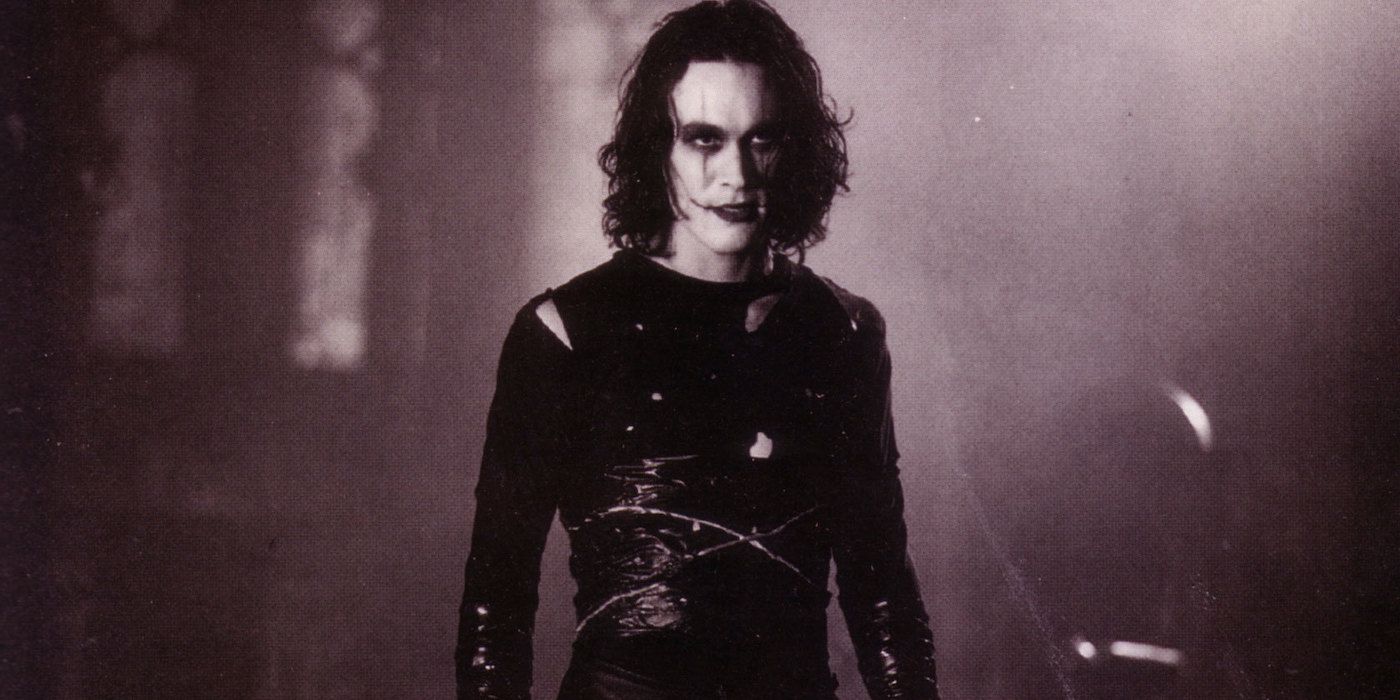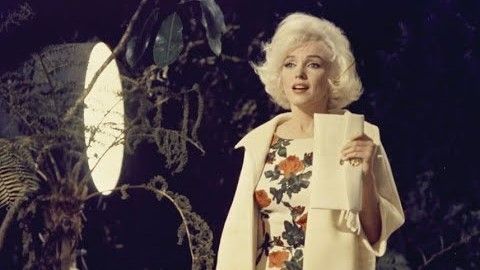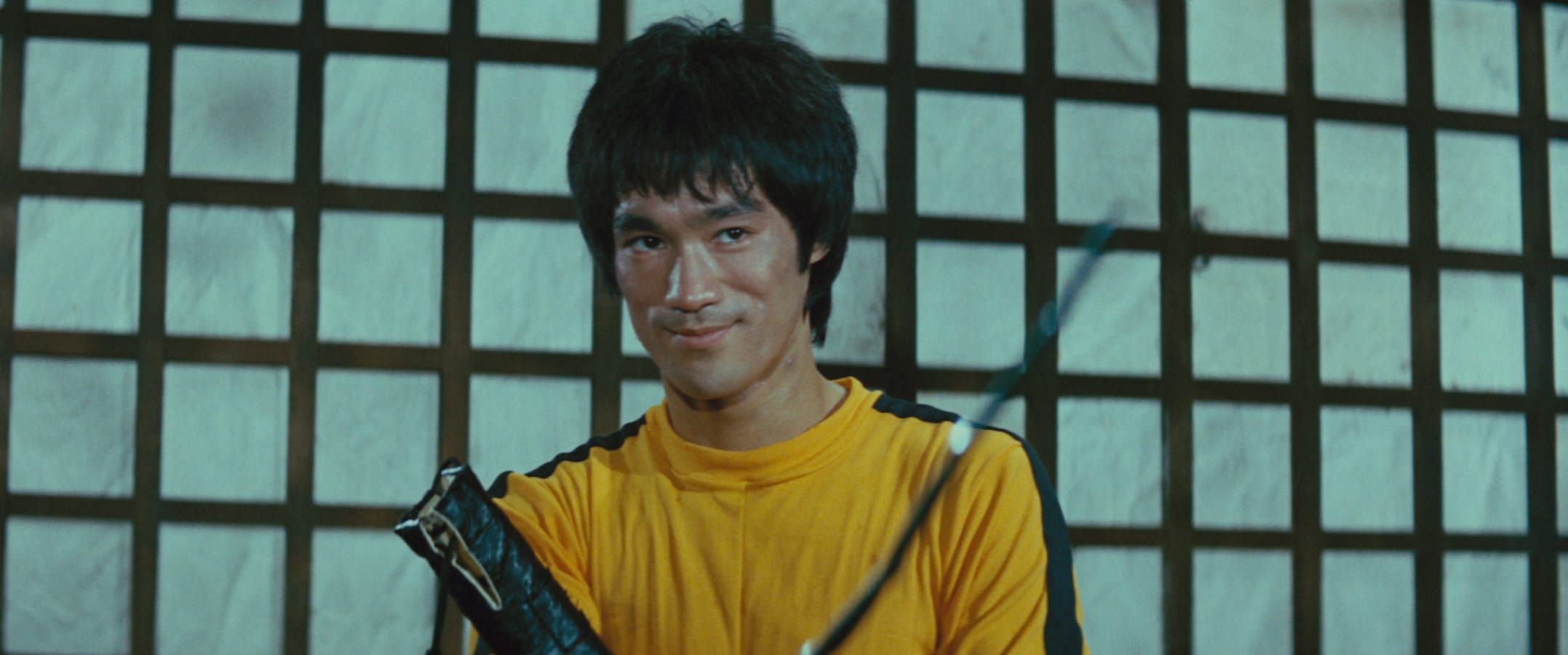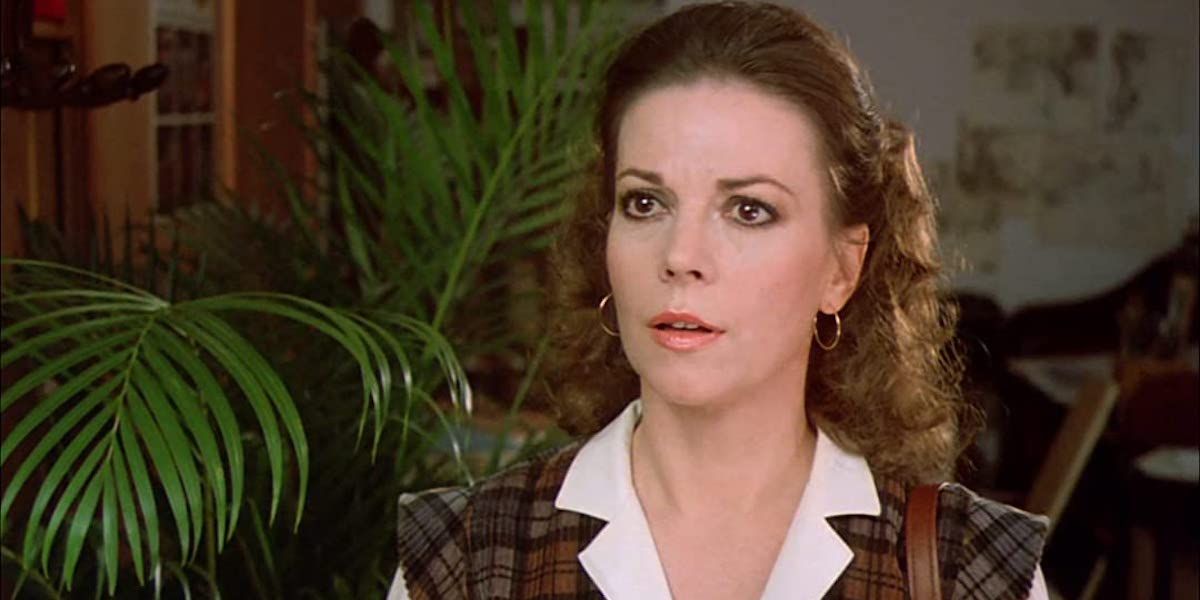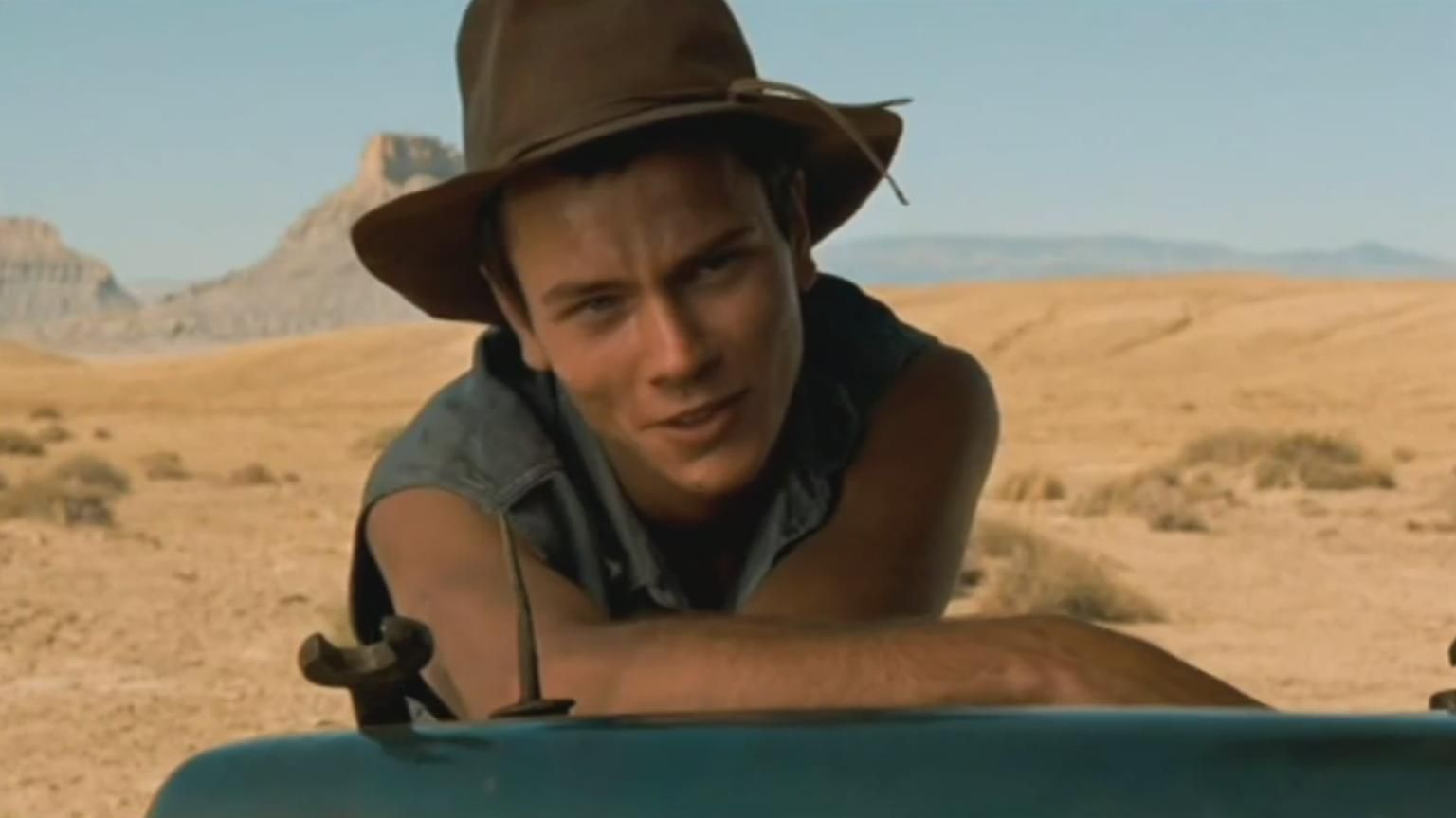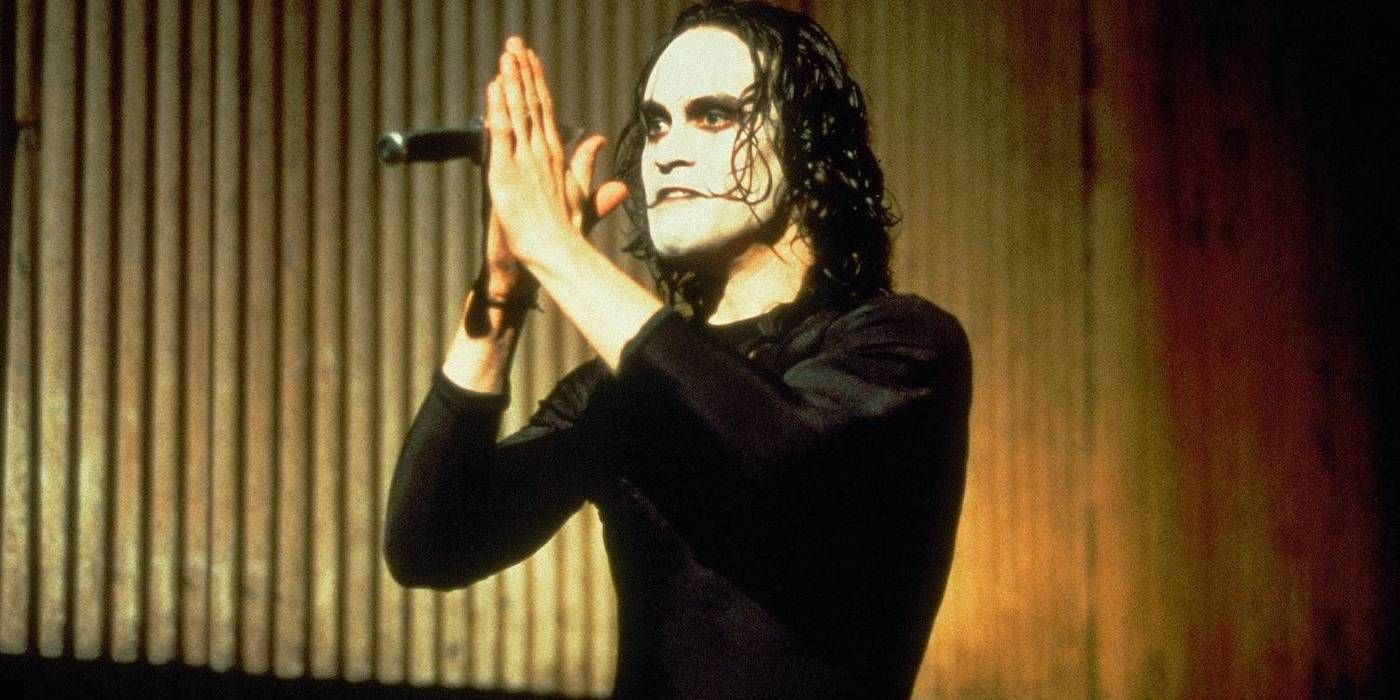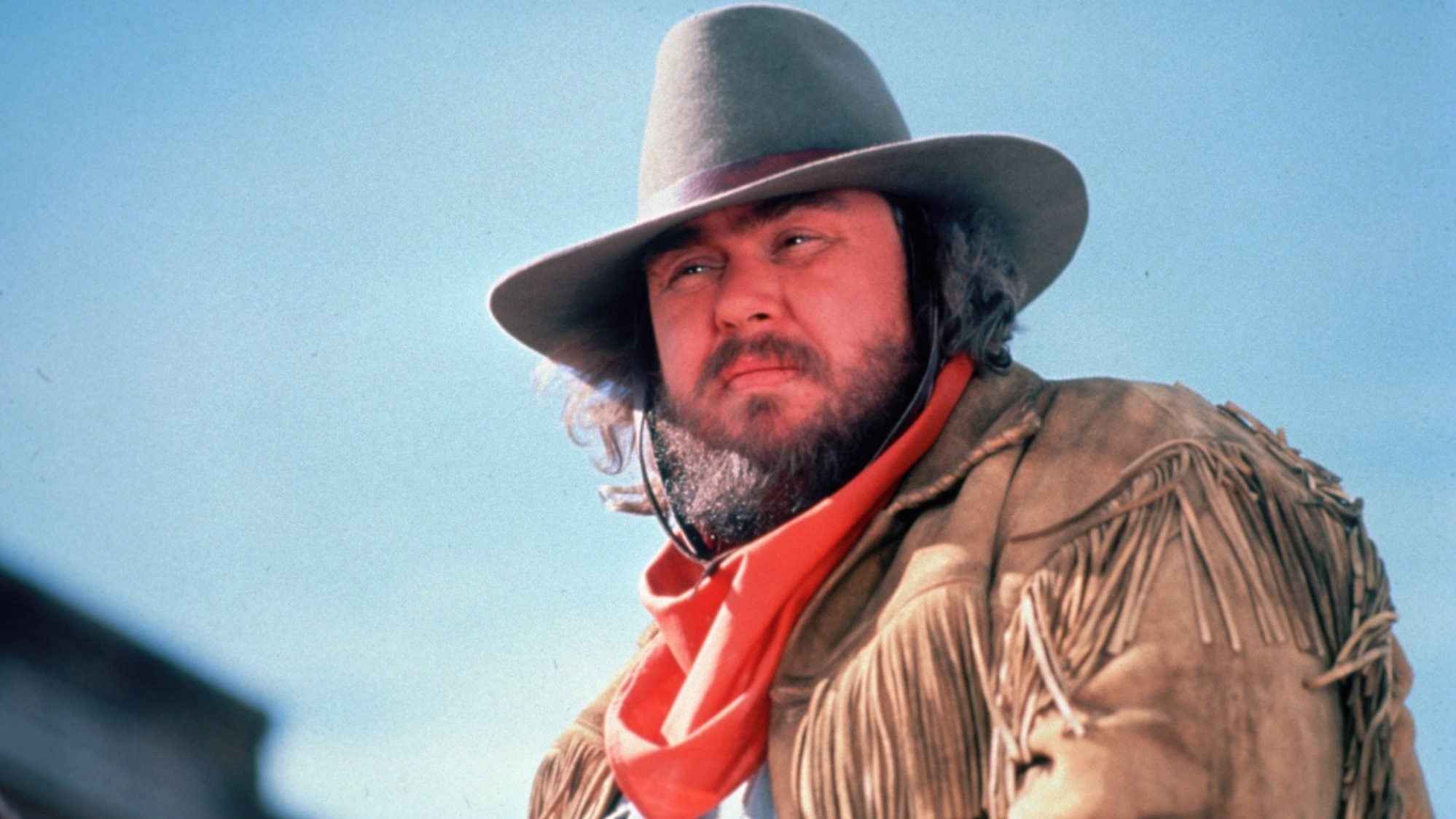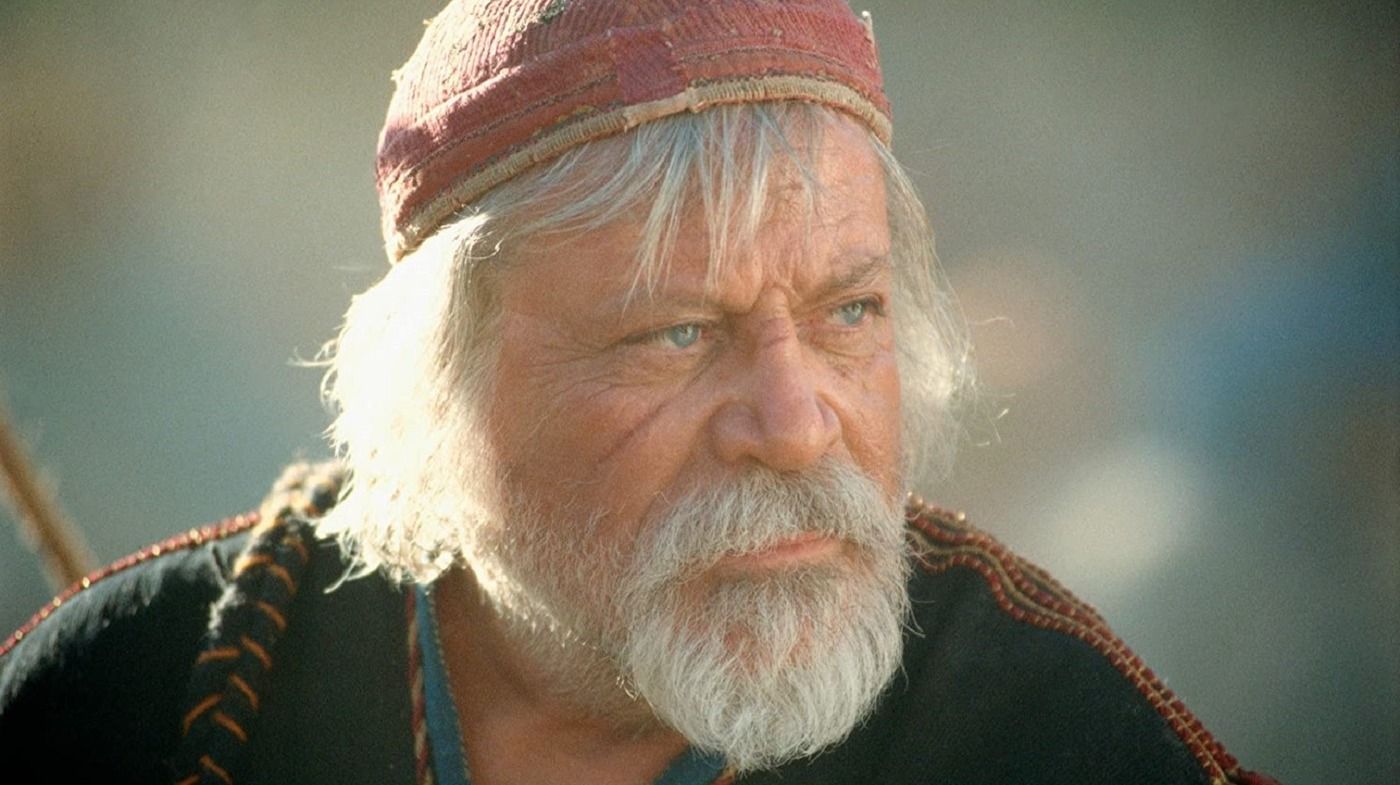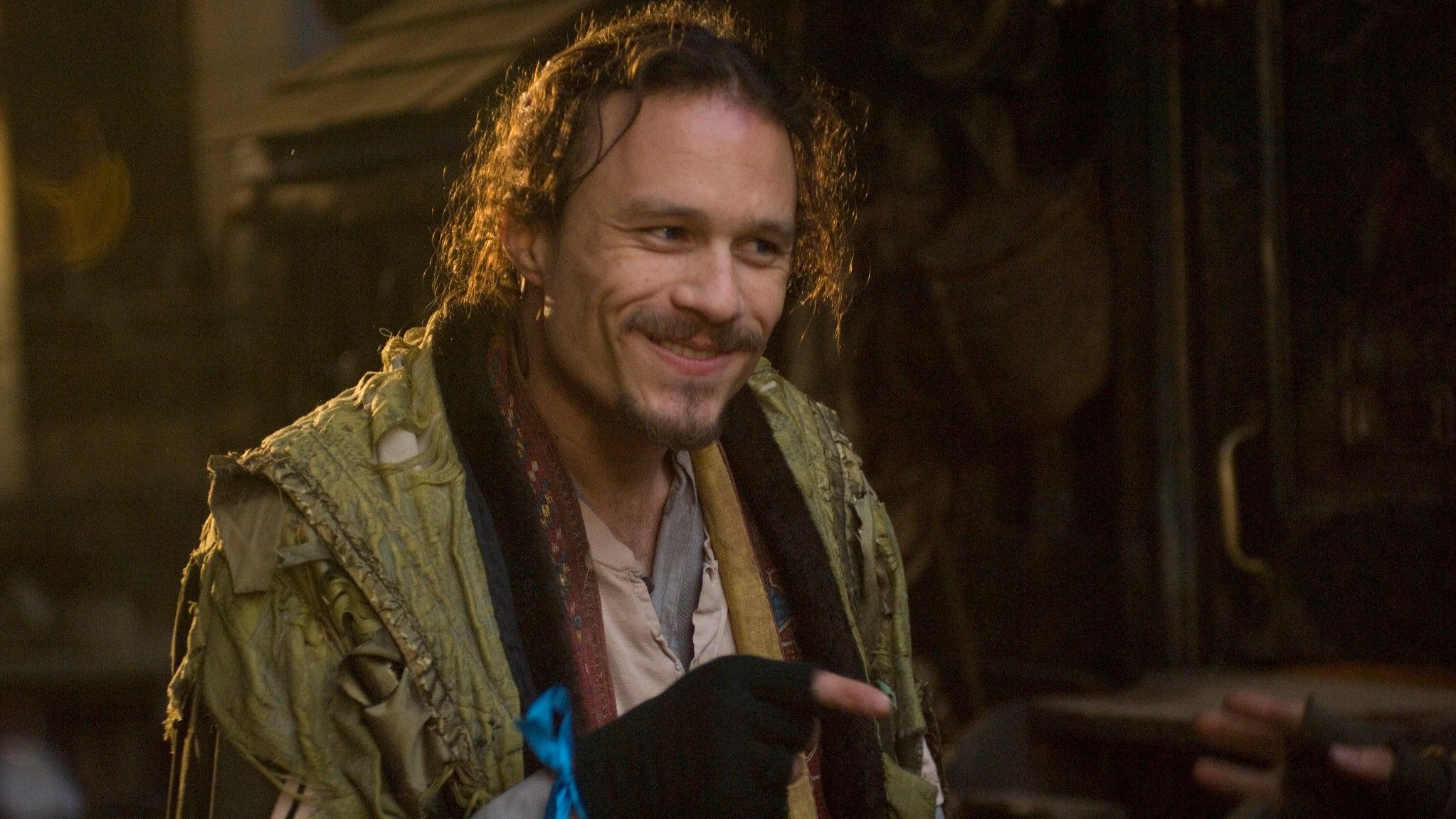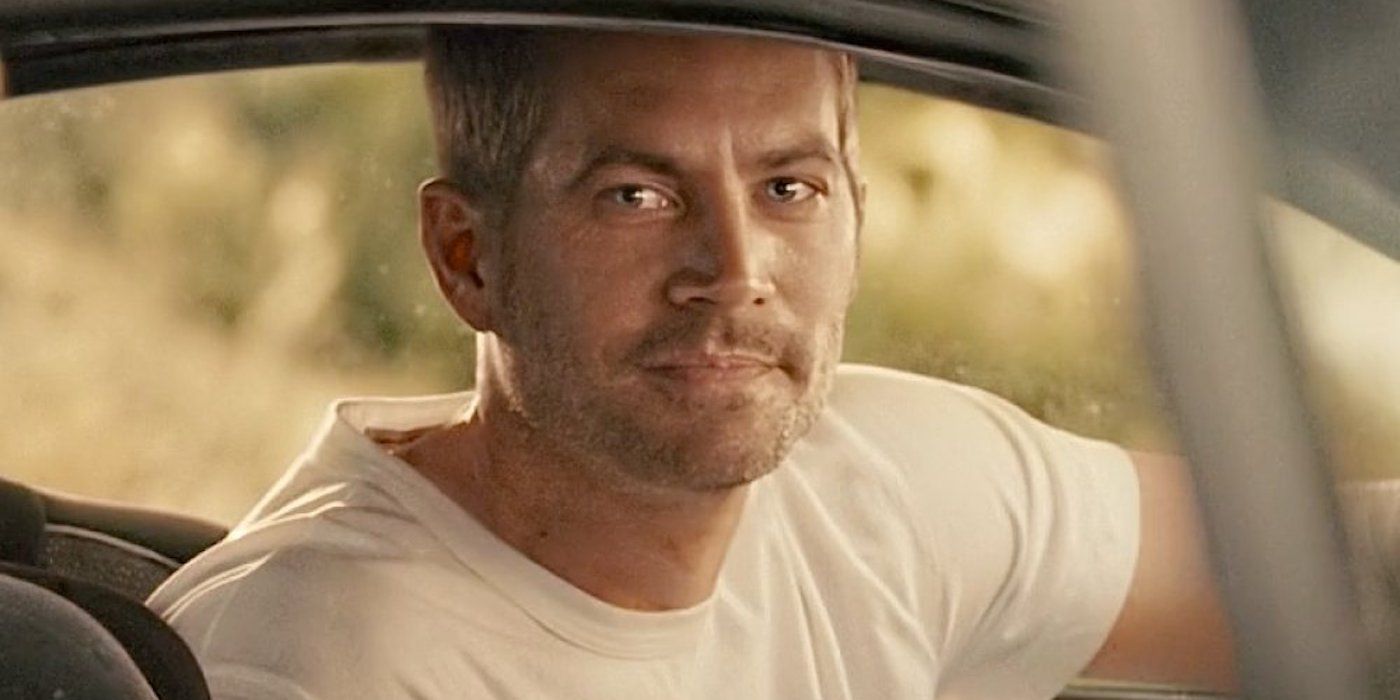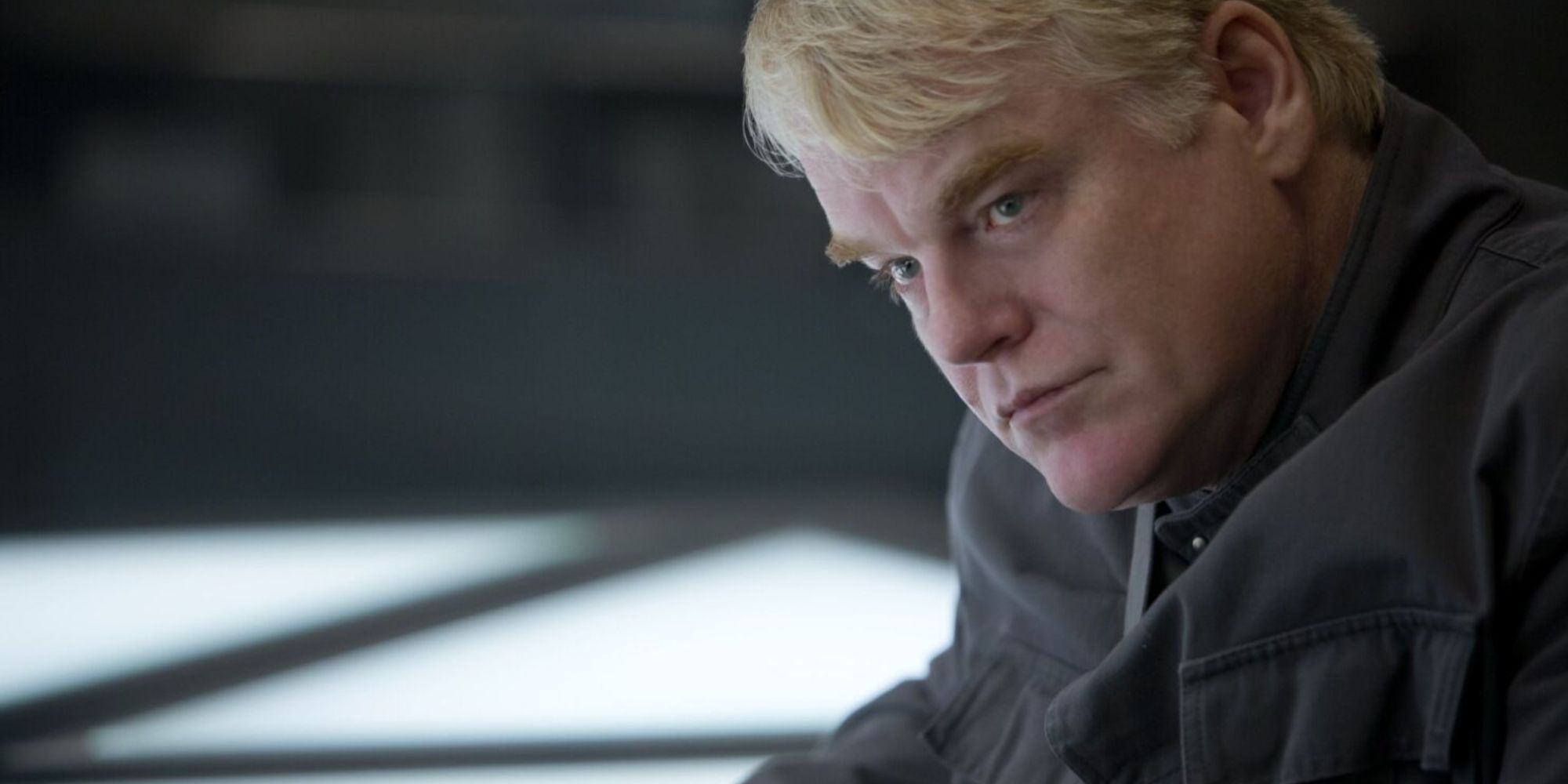Several film productions have been beset by the passing of an actor or actress involved. While death is always tragic, unexpected departures are particularly hard-hitting for those close to the person in question. From Marilyn Monroe to Paul Walker, a cast member's sudden passing has seen filmmakers and studios scramble in an effort to salvage their multi-million dollar investments. Employing techniques including script rewrites, cleverly choreographed re-shoots with different performers, and cutting edge digital technology that gives viewers the illusion of an actor's presence, all manner of creative ingenuity has been used to save a number of films from being abandoned altogether.
Marilyn Monroe in 'Something's Got to Give'
On August 5, 1962, the life of an entertainment icon was sadly cut short from a drug overdose at the age of 36. At the time of her death, Marilyn Monroe was shooting Something's Got to Give, a remake of the 1940 screwball comedy, My Favorite Wife. The film was being directed by George Cukor, co-starred Dean Martin and, part way through production, Monroe was fired. While some attributed her firing to a habit of missing work, and others claimed that 20th Century Fox was losing money and needed to cut costs on pricey films, the actress was rehired months later but died before resuming work on the production. Shortly thereafter, Something's Got to Give was reworked into the 1963 comedy, Move Over, Darling, starring Doris Day and James Garner. Some of the former film's sets were used for production on the latter, and some of the original footage featuring Monroe can be seen in the documentary, Marilyn Monroe: The Final Days.
Bruce Lee in 'The Game of Death'
While his time in the mainstream cinematic spotlight was relatively short-lived, Bruce Lee left an indelible mark on pop culture. The martial arts superstar was filming Game of Death when he passed from cerebral edema at age 32. Having only completed a fraction of Lee's required shoot, the production team used a variety of techniques to suggest his presence in an effort to complete the project. The filmmakers hired Bruce Lee lookalikes for many required shots, often framing them in dim lighting and positioning them at angles that would obscure their appearance. Makeup appliances such as fake beards were used and, at times, shots from Lee's previous films were incorporated into Game of Death. Perhaps the most desperate methods were using footage from Lee's funeral and placing a cardboard cutout of the actor in front of the camera. Despite all the tape holding it together, and roughly 12 minutes of footage featuring Lee, the film was released in 1978 and enjoyed box office success.
Natalie Wood in 'Brainstorm'
On November 29, 1981, actress Natalie Wood passed away at the age of 43. While some of the circumstances of her death have long been a topic of speculation, her final film, Douglas Trumbull's Brainstorm, would ultimately be finished and released in 1983. Although Wood was mostly finished shooting her scenes by the time of her death, Trumbull struggled to secure the funds necessary to finish the film. Eventually, through the interest of competing studios and financial help from a London-based insurance company, Brainstorm was completed and released to middling reviews and a lackluster box office performance.
River Phoenix in 'Dark Blood'
One of the most talented and promising actors of his generation, River Phoenix's drug habit led to his tragic death on October 31, 1993. The 23-year-old Oscar-nominated actor, who had given a number of memorable performances since his big screen debut in 1985's Explorers, was nearing the end of production on Dark Blood. A thriller from the acclaimed Dutch filmmaker, George Sluzier, the unfinished project sat dormant for 14 years after Phoenix's death. After suffering an aneurysm and learning that he wouldn't live much longer, Sluzier worked to secure additional financing and finish his film. While members of Phoenix's family and others within his circle have reportedly expressed displeasure with the idea of the film being completed, Dark Blood would ultimately receive a few screenings at film festivals in 2012. Sluzier commented on his desire to finish the film when he stated, "No one seems to understand that an artist wants to finish his art, just like a painter would want to finish his unfinished painting. The family’s response is understandable, but it’s an immature point of view."
Brandon Lee in 'The Crow'
In an uncommon example of tragic history repeating itself, the 1993 death of Brandon Lee at age 28 is one of Hollywood's most infamous accidents. Like his aforementioned father, Bruce, Brandon was working on a film, The Crow, when he was killed after being shot with a prop gun. Though Lee was nearly finished filming his scenes for the movie, there was some initial hesitance by director Alex Proyas to continue and finish the film. Producer Edward R. Pressman has stated, "Alex at first did not want to go on with the film. He was destroyed by the accident and so devastated he had no heart to continue. It was only because Eliza, Lee’s fiancée, and later the whole cast and crew, appealed to him that he started to consider it.” After acquiring an additional $8 million, having stunt doubles Chad Stahelski and Jeff Cadiente stand in for Lee, and the employment of some clever digital trickery, The Crow was completed and released on May 13, 1994. The film would enjoy critical and commercial success, spawning a handful of sequels and amassing a cult following in subsequent years.
John Candy in 'Wagons East'
Beloved Canadian actor John Candy known for his appearances on SCTV and in a number of popular comedic films, died of a heart attack on March 4, 1994, at 43 years old. At the time of his death, he was in Durango, Mexico, working on the period comedy, Wagon's East. Much like in the case of Natalie Wood, Brandon Lee, and River Phoenix, Candy had finished filming the majority of his scenes. The filmmaking team managed with rewrites, using stand-ins, and otherwise discarding particular scenes that were planned to be shot with the actor. Released months later on August 26, 1994, Wagons East was unfortunately met with a negative reception from critics and the public.
Oliver Reed in 'Gladiator'
With an accomplished career spanning decades and including dozens of film credits, the larger-than-life Oliver Reed was filming Ridley Scott's Gladiator when he died at age 61. A notoriously heavy drinker, Reed reportedly promised Scott that he would abstain from alcohol while shooting in Malta. Such a promise, however, was either short-lived or never acted upon, as the actor was frequenting local pubs in the days before his death. The production rewrote scenes featuring Reed's character and used stand-ins for others. In addition, echoing a technique used for The Crow years earlier, visual effects artists managed to digitally place the actor's face onto body doubles for a number of shots. While this sort of technological wizardry has become refined and common in recent years, it was an ambitious, sleight-of-hand undertaking at the turn of the millennium.
Health Ledger in 'The Imaginarium of Doctor Parnassus'
While this actor's death typically brings to mind his iconic turn as the Joker in Christopher Nolan's The Dark Knight, Heath Ledger's final film performance was in Terry Gilliam's The Imaginarium of Doctor Parnassus. In his second outing with the filmmaker, the 2009 fantasy film sees Ledger as Tony, a man who joins a traveling theater troupe headed by the film's titular character. The actor's death sent a shockwave through the film industry, and Gilliam reflected on learning of his lead actor's passing when he said, "there it was on the BBC: Heath Ledger had died. We all just collapsed and lay on the floor all day long, not knowing what to do. It was like a member of the family had died.” Gilliam, however, was able to save his film by casting Johnny Depp, Colin Farrell, and Jude Law, who ultimately played alternate versions of Ledger's character. Given the film's fantastical and imaginative nature, it was a fitting solution both logistically and narratively.
Paul Walker in 'Furious 7'
On November 30, 2013, 40-year-old Paul Walker perished in a fiery car accident in California. His death was marked by tragic irony, considering he was likely best known for his portrayal of the street-racing Brian O'Connor in the Fast and the Furious franchise. Walker was at work filming the long-running series' seventh installment when he passed, which required Furious 7's production team to rely on different filmmaking techniques in order to finish the project. With an additional $50 million added to the film's already sizable budget, digital face replacement was employed and Walker's brothers occasionally stood in for their deceased sibling. According to Vanity Fair, “Paul Walker’s death certainly made Fast and Furious 7 more of an ‘event.' It was a chance to honor his career as much as it was a movie, and the filmmakers really leaned into that in the way they made the film.” The filmmakers' due diligence paid off in droves, with Furious 7 taking in more than $1 billion at the worldwide box office and proving an effective, emotionally satisfying send off for a beloved actor and the character he played.
Philip Seymour Hoffman in 'The Hunger Games: Mockingjay Part 2'
Arguably one of the greatest actors of his generation, this 46-year-old, Oscar-winning performer lost a fatal battle with drug addiction on February 2, 2014. At the time of his death, Hoffman was filming the final installment of The Hunger Games series, and some pivotal content involving his character had yet to be captured. Through some carefully considered restructuring, dialogue originally intended for the actor to perform was instead delivered by co-star Woody Harrelson in the form of a letter. Although the changes that were required for the film to be completed made sense narratively and didn't require Hoffman's presence to be nixed altogether, director Francis Lawrence has said of the experience, "I regret to have that … label of it being his last film. Because obviously, there’s not quite enough of him in it. I would have liked his role to be larger.”

